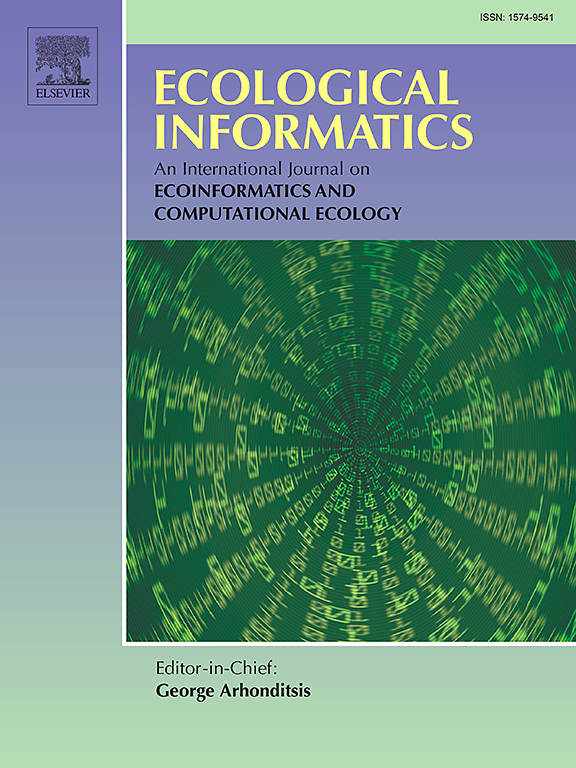Prediction of some soil properties in volcanic soils using random forest modeling: A case study at chinyero special nature reserve (Tenerife, canary islands)
IF 5.8
2区 环境科学与生态学
Q1 ECOLOGY
引用次数: 0
Abstract
Soil organic carbon (organic C) and pH are key soil properties and valuable indicators of soil quality, whereas phosphate retention capacity (P retention) is a diagnostic property to define andic soil properties and andic soils, with all of them typically interrelated in volcanic ash (i.e., andic) soils. In this paper, we examined the potential of a random forest (RF) regression model to predict field-measured soil pH, organic C and P retention capacity from several biophysical (type and fraction of the plant cover), bioclimatic (maximum temperature of the warmest month, precipitation and temperature seasonality, and precipitation of the driest quarter), and topographic (ruggedness and curvature of the slope) predictors in a protected forest area in Tenerife, Canary Islands. Piecewise structural equation modeling (pSEM) was subsequently used to unravel the complex, direct and indirect relationships between the biophysical, bioclimatic and topographic variables, and the selected soil properties. The RF regression model accounted for the properties of interest with varying degrees of accuracy, from organic C (R2 = 0.67; RMSE = 29.86), to P retention capacity (R2 = 0.44; RMSE = 18.84) and soil pH (R2 = 0.31; RMSE = 0.43). The pSEM model revealed that P retention capacity is strongly linked to organic C in volcanic ash soils, and thus indirectly to the environmental variables shaping organic C variability, namely fractional vegetation cover and precipitation seasonality.
求助全文
约1分钟内获得全文
求助全文
来源期刊

Ecological Informatics
环境科学-生态学
CiteScore
8.30
自引率
11.80%
发文量
346
审稿时长
46 days
期刊介绍:
The journal Ecological Informatics is devoted to the publication of high quality, peer-reviewed articles on all aspects of computational ecology, data science and biogeography. The scope of the journal takes into account the data-intensive nature of ecology, the growing capacity of information technology to access, harness and leverage complex data as well as the critical need for informing sustainable management in view of global environmental and climate change.
The nature of the journal is interdisciplinary at the crossover between ecology and informatics. It focuses on novel concepts and techniques for image- and genome-based monitoring and interpretation, sensor- and multimedia-based data acquisition, internet-based data archiving and sharing, data assimilation, modelling and prediction of ecological data.
 求助内容:
求助内容: 应助结果提醒方式:
应助结果提醒方式:


